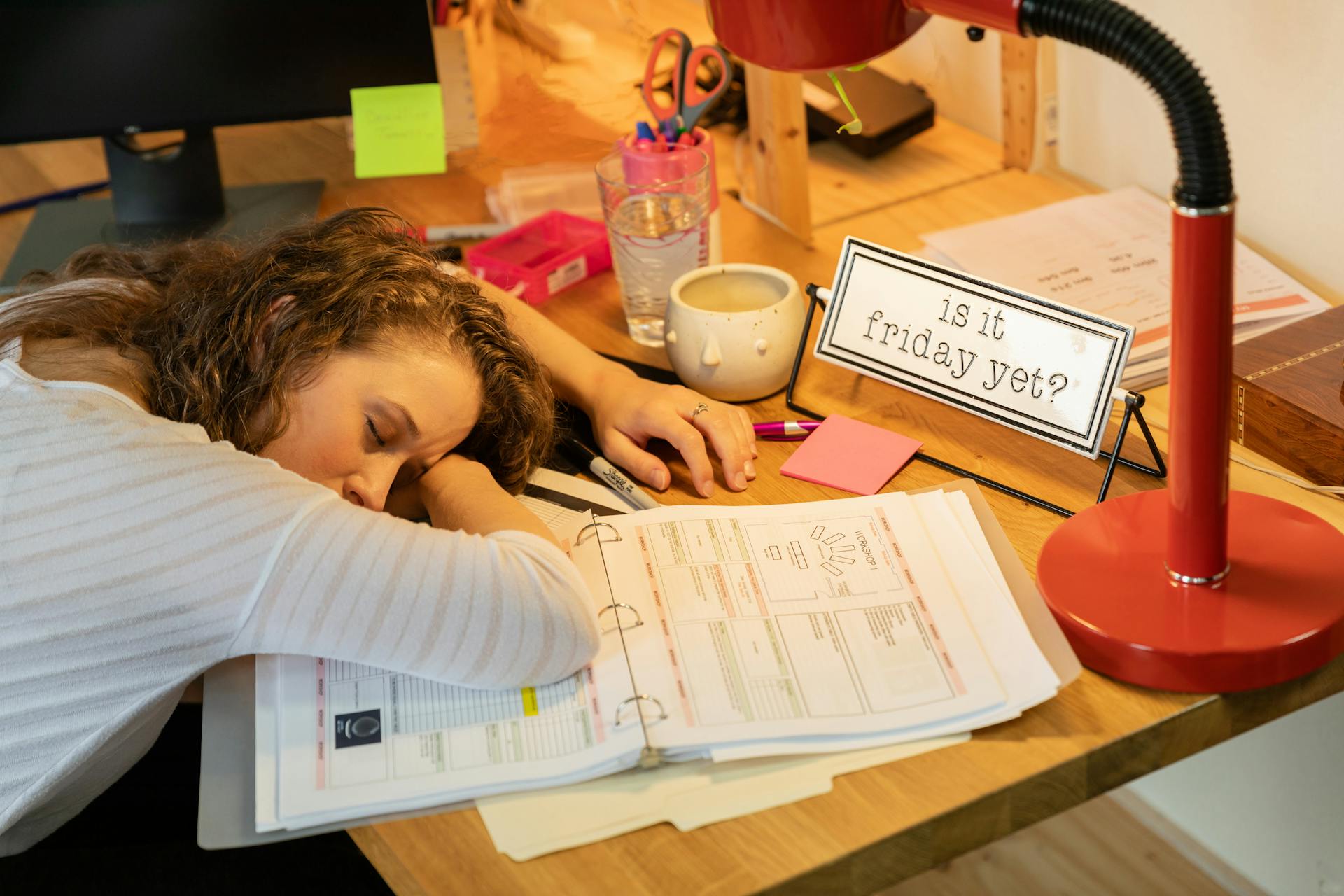

There’s nothing worse than the afternoon slump. You know the feeling. In the middle of the day, your eyelids feel heavy, your focus wanes, and the thought of finishing your to-do list seems as daunting as climbing Everest.
Here’s the thing, though. We all experience these dips in energy — even the most productive among us. The good news? You can conquer this afternoon slump and reclaim your productivity through a few simple tweaks to your routine.
Understanding the Enemy: The Science Behind the Slump
Let’s first understand what’s going on before we start looking for solutions. Physiologically, the afternoon slump isn’t just a figment of your imagination. We tend to feel fatigued around mid-afternoon because our bodies have natural circadian rhythms.
Often, this dip is exacerbated by factors like;
- Post-lunch lethargy. A heavy lunch, especially one rich in carbohydrates, can make you feel sluggish.
- Dehydration. When you are dehydrated even slightly, you will have difficulty focusing and maintaining your energy levels.
- Lack of movement. Excessive sitting can deplete the brain’s blood flow and oxygen supply, resulting in fatigue.
- Diminishing sunlight. It is possible to lose your natural sleep-wake cycle due to reduced exposure to sunlight, resulting in afternoon drowsiness.
Now that we understand what the enemy is capable of, let’s equip ourselves with the tools to fight back.
Fuel Your Body Wisely: The Power of Nourishment
You know the deal. How you feel is directly influenced by what you eat. You will feel sluggish when you skip lunch or consume a heavy meal afterward. Instead, opt for a well-balanced meal that will sustain your energy throughout the day.
Ideally, try to achieve a combination of;
- Lean protein. Grilled chicken, fish, tofu, and beans provide long-lasting energy and help regulate blood sugar levels.
- Healthy fats. In addition to providing sustained energy, avocado, nuts, seeds, and olive oil also support brain function.
- Complex carbohydrates. Foods such as fruits, vegetables, and whole grains provide sustained energy without causing a sugar crash.
It is also important to remember the importance of snacks. To avoid mid-afternoon energy dips, keep healthy snacks on hand. Among the best options are;
- Trail mix. The combination of nuts, seeds, and dried fruit provides a balanced balance of protein, healthy fats, and carbohydrates.
- Greek yogurt. This protein-rich snack is great with berries or honey.
- Fruit. Apples, bananas, and berries contain natural sugars for a quick energy boost.
Hydration is Key: Quench Your Thirst
Dehydration is a silent saboteur of productivity. Even the slightest amount of dehydration can lead to fatigue, headaches, and difficulty concentrating. As such, be sure to keep a water bottle on you at all times.
For a refreshing twist on plain water, try infusing it with fruits like lemon, cucumber, or berries. You can also boost your energy with herbal teas such as peppermint or ginger.
Move Your Body: Unleash the Power of Movement
If you sit for extended periods, you could feel drained and sluggish. A week-long study found that the average participant spent 7.7 hours sleeping and 10.4 hours sitting. Most of us lead sedentary lifestyles.
For increased brain blood flow, perform short bouts of physical activity throughout the day by;
- Going for short walks. You can make a difference just by taking a 5-minute walk around the office.
- Stretching regularly. Simple stretches like neck rolls, shoulder shrugs, or leg extensions can improve circulation and reduce muscle tension.
- Using a standing desk. Consider investing in a standing desk or a laptop stand that will allow you to stand for parts of the day.
- Incorporating mini-workouts. Get some exercise by jumping jacks, pushing ups, and squatting during breaks.
Strategic Breaks: The Art of Rest and Recharge
Breaks can actually increase your productivity, contrary to popular belief. You can incorporate breaks into your day by using the Pomodoro Technique. This method involves working for 25 minutes, then taking a 5-minute break.
When you take breaks, step away from your screen and;
- Move around. Try walking around the office, stretching, or doing some light exercise.
- Engage your senses. Get some fresh air, listen to calming music, or simply close your eyes and breathe deeply.
- Mindful activities. Try relaxing and de-stressing activities such as doodling, journaling, or gardening.
Optimize Your Workspace: Create a Productive Environment
The environment in which you work can have a significant impact on your energy levels and productivity. As a result, you should;
- Declutter. When a workspace is cluttered, it can be both distracting and overwhelming. Spend a few minutes organizing your workspace and tidying up your desk.
- Maximize natural light. Place your desk near a window to maximize natural light exposure, which can help regulate your circadian rhythm.
- Add some greenery. In addition to improving air quality, plants can create a more calming atmosphere.
- Adjust the lighting. Your workspace should be well-lit. To supplement natural light, use a desk lamp.
- Minimize distractions. Don’t let notifications distract you. When you need to focus, turn off your phone and work in a quiet space. You can also share your calendar with your colleagues to let them know when you need to concentrate.
Harness the Power of Music: Find Your Productivity Soundtrack
You can boost your productivity by listening to music. Often, upbeat music can energize you, whereas calming instrumental music can help you concentrate.
- Create a playlist. You may want to compile a playlist of your favorite energizing or focus-enhancing music.
- Explore online resources. Consider using Spotify or YouTube for pre-made productivity playlists.
- Experiment with different genres of music to find out what keeps you focused and motivated.
The Power Nap: A Quick Recharge
Feeling particularly drowsy? A short power nap can do wonders. However, to make this nap effective, keep in mind the following;
- Keep it brief. You should limit your nap to 10-20 minutes to avoid grogginess.
- Find a quiet spot. Choose a quiet, comfortable place to rest.
- Set an alarm. To avoid oversleeping, set a timer.
Seriously, this has made a massive difference in our office. Every employee takes a short nap, and we have a nap room. Each person has a clean sheet and throws their own clean pillowcase on the pillow of their choice. The room is totally dark and has a sound machine so that no other noise disturbs the individual. We each have the room for 20-30 min.
Natural Energy Boosters: Alternatives to Coffee
In place of reaching for another cup of coffee, try some of these natural energy boosters;
- Green tea. The caffeine boost is gentler, and it’s got antioxidants.
- Dark chocolate. A small piece of dark chocolate can provide a quick and satisfying energy boost.
- Peppermint. Take a deep breath of peppermint essential oil or drink peppermint tea to invigorate your senses.
- Ginger. In addition to improving blood circulation, ginger can reduce fatigue.
Plan Your Day Strategically: Time Management Techniques
Ideally, your day should be structured around natural energy peaks and troughs.
- Schedule demanding tasks for your peak productivity hours. Mid-morning is generally the best time since your energy levels are the highest.
- Reserve less demanding tasks for the afternoon. Use the afternoon to attend less demanding meetings, respond to emails, and organize files.
- The Eisenhower Matrix. Tasks should be prioritized according to their importance and urgency.
Embrace Mindfulness: Stay Present and Focused
By practicing mindfulness techniques, you can stay present and combat fatigue. Listed below are some ways to stay present and focused;
- Practice deep breathing exercises. Spend a few minutes focusing on your breathing, inhaling deeply and exhaling slowly.
- Try meditation. Meditating for a few minutes can clear your mind and reduce your stress.
- Mindful movement. Yoga and tai chi are mindful movement activities that can be incorporated into your daily routine.
Revisit Your “Why”: Reconnect with Your Purpose
It’s more likely that the afternoon slump is due to a lack of motivation than to physical fatigue. Therefore, you can reconnect with your purpose by;
- Get back in touch with your goals. Review your to-do list to remind yourself why each task is important.
- Visualizing success. You will feel a sense of accomplishment once you have completed your tasks.
- Celebrate small wins. Throughout the day, acknowledge and celebrate your achievements to maintain your motivation.
Prioritize Sleep: The Foundation of Productivity
A good night’s sleep is essential for maintaining optimal daytime energy levels. For the best sleep, try the following;
- Get at least 7 to 9 hours of sleep every night.
- Maintain a consistent sleep schedule. Make sure you go to bed and wake up simultaneously every day, even on weekends.
- Create a relaxing bedtime routine. Before bed, take a warm bath, read a book, or listen to calming music.
- Avoid screens before bed. Electronic devices emit blue light, which can interfere with sleep.
Experiment and Adapt: Find What Works Best for You
Everyone experiences the afternoon slump differently. As such, experimenting with different strategies will determine what works best for you.
- Keep a journal. You should keep track of your energy levels during the day to identify patterns.
- Adjust your routine. Based on your observations, you may need to make a few small adjustments to your routine.
- Don’t be afraid to experiment. Make an effort to stay energized and productive by trying new things and discovering what makes you more productive.
Conquering the Afternoon Slump: A Continuous Journey
Defeating the afternoon slump is a continuous process. To succeed, you must be consistent and willing to experiment. You can overcome this common productivity obstacle by implementing these strategies and gradually adjusting.
Don’t forget that you’re not fighting this battle alone. The key to reclaiming your afternoons and achieving greater productivity and overall well-being is understanding your body’s signals and making conscious choices.
FAQs
What causes the afternoon slump?
- Circadian rhythm. In the afternoon, our body rhythms dip, resulting in a temporary decrease in alertness.
- Blood sugar drop. Immediately following lunch, blood sugar levels can plummet, leaving you feeling sluggish and tired.
- Dehydration. When you don’t consume enough water, you may feel exhausted, get headaches, or have difficulty concentrating.
- Lack of movement. When we sit for long periods of time, our circulation slows down, and we have lower energy levels.
- “Decision fatigue.” Constantly making decisions all day can leave you feeling mentally exhausted.
How can I prevent the afternoon slump from happening?
- Strategic snacking. Keep blood sugar levels stable with protein-rich snacks such as nuts, seeds, Greek yogurt, and hard-boiled eggs.
- Stay hydrated. Ensure water or herbal tea is readily available and sip it throughout the day.
- Move around. During short breaks, walk around, stretch, or do some light exercise — even if it’s just for 5 minutes.
- Sunlight exposure. If you can, spend a few minutes outside to get some sunlight, boosting vitamin D levels and improving mood.
- Prioritize important tasks. Take on the most demanding tasks in the morning while your energy levels are highest.
What are some quick energy boosters I can try?
- Listen to upbeat music. A good piece of music can significantly improve your mood and motivation.
- Take deep breaths. To increase your focus, you can clear your mind by practicing deep breathing exercises or mindfulness meditation.
- Splash cold water on your face. By doing this, you can wake up and increase your alertness.
- Chat with a colleague. It can be energizing to have a quick conversation that breaks up the monotony and reenergizes you.
- Power nap. Take a short, 20-30-minute power nap to improve alertness and cognitive function.
How can I make my afternoon more productive?
- The Pomodoro Technique. You should work in 25-minute bursts followed by 5-minute breaks.
- Change your scenery. You might want to move to a different location to work, such as a coffee shop or a quiet corner of the park.
- Delegate or outsource. If possible, delegate or outsource some of your tasks to save time and energy.
- Set clear goals. Having specific, attainable goals can create a sense of purpose and motivation.
- Reward yourself. Keep yourself motivated by celebrating your accomplishments, no matter how small, to maintain momentum.
What if the afternoon slump persists despite my efforts?
- Review your diet and sleep habits. Be sure to eat a balanced diet and get enough sleep.
- Consult a healthcare professional. If you consistently experience fatigue or other concerns, consult your doctor to rule out underlying medical conditions.
- Consider adjusting your work schedule. Discuss flexible work arrangements with your employer, such as starting earlier or taking a longer lunch break.
Image Credit: RDNE Stock project; Pexels


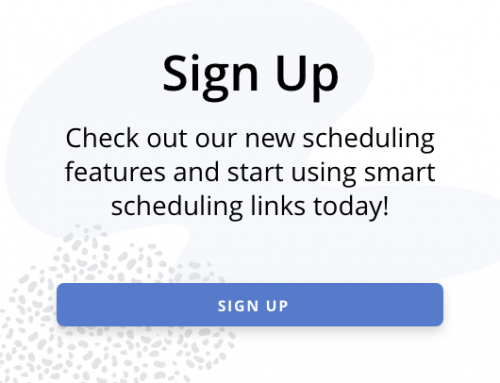



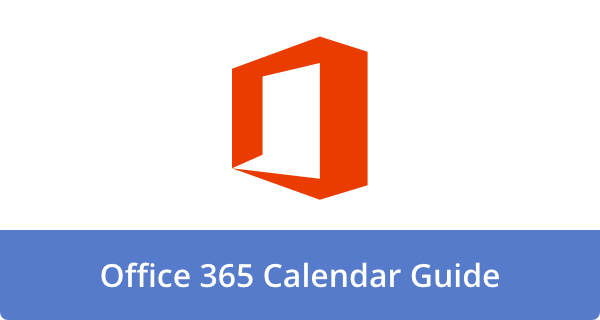
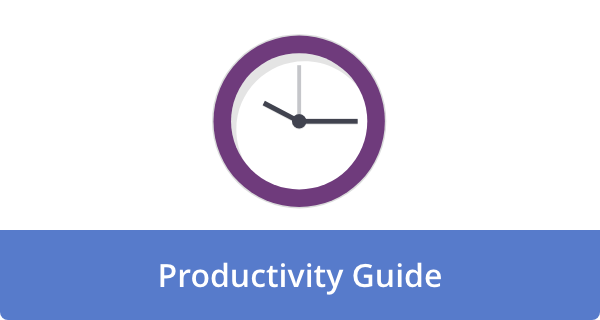
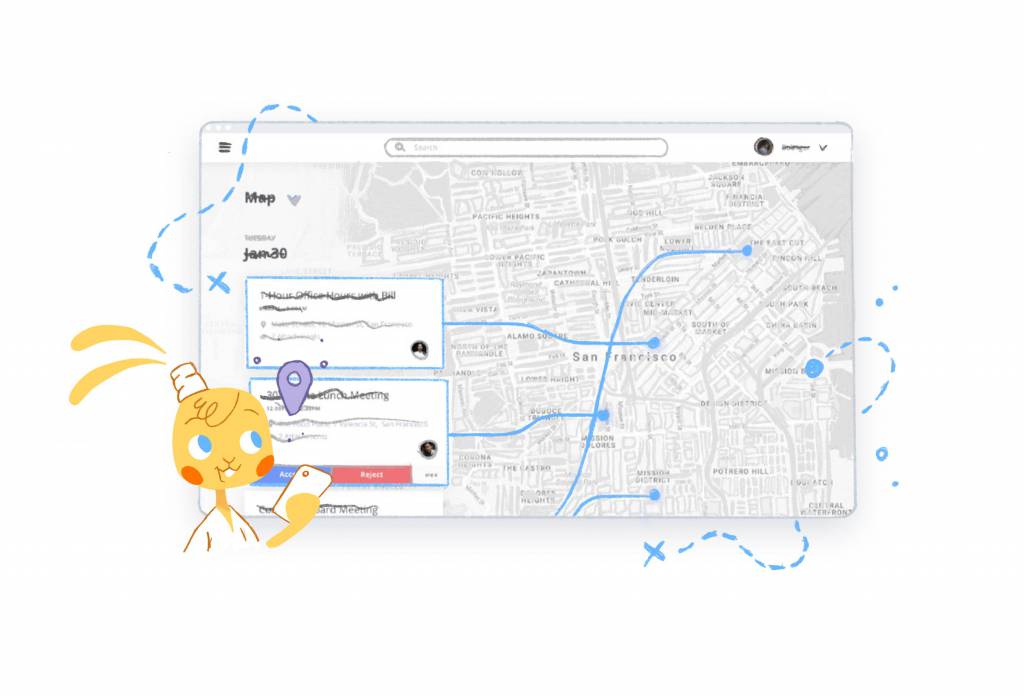


John Rampton
John’s goal in life is to make people’s lives much more productive. Upping productivity allows us to spend more time doing the things we enjoy most. John was recently recognized by Entrepreneur Magazine as being one of the top marketers in the World. John is co-founder of Calendar.